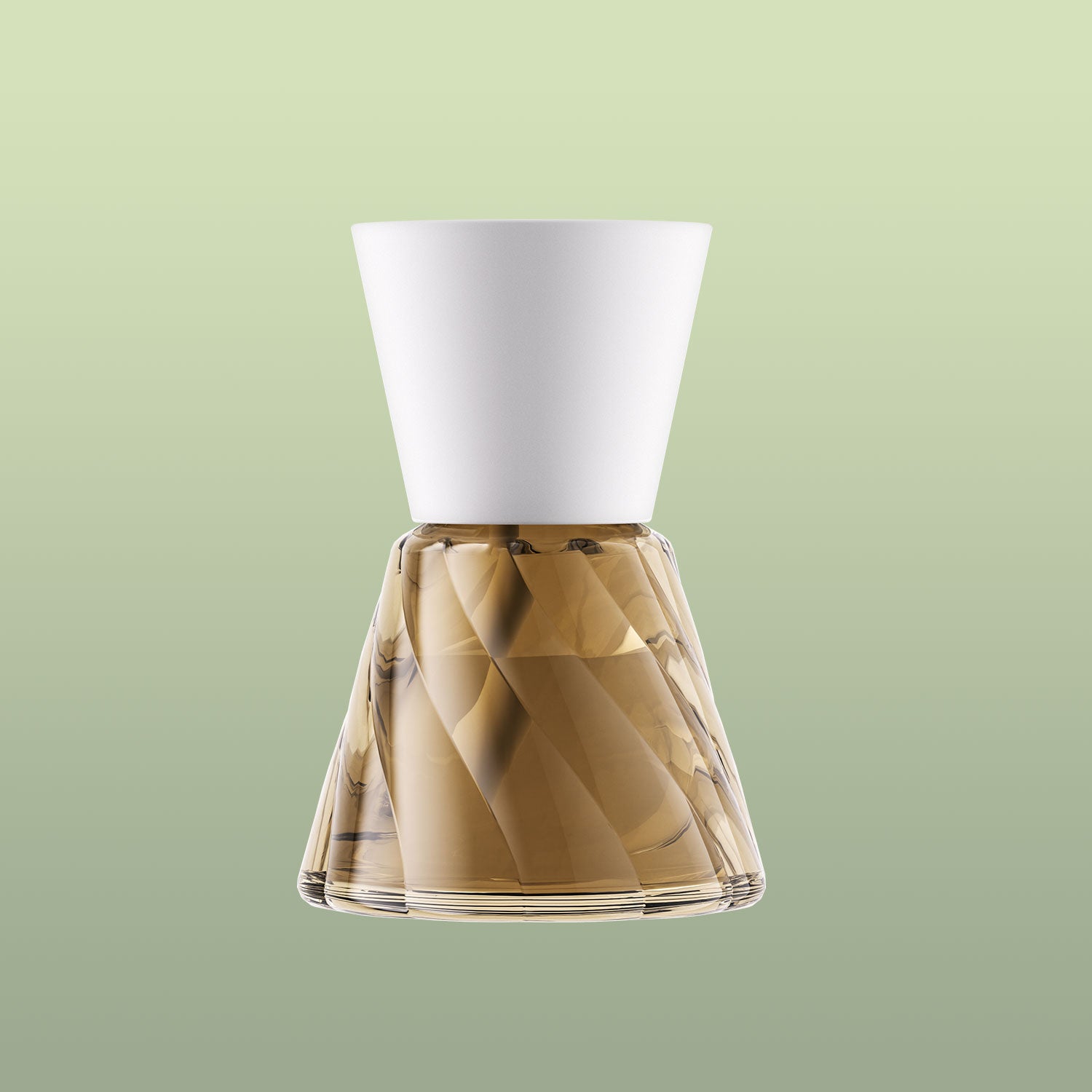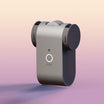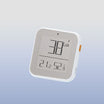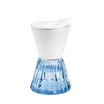Seasonal depression, also called seasonal affective disorder (SAD), is a type of depression. It’s triggered by the change of seasons and most commonly begins in late fall. Symptoms include feelings of sadness, lack of energy, loss of interest in usual activities, oversleeping and weight gain. Treatments include light therapy, talk therapy and antidepressants.
What is seasonal affective disorder (SAD)?
Seasonal affective disorder (SAD) is a type of depression that’s triggered by a change in seasons, usually when fall starts. This seasonal depression gets worse in the late fall or early winter before ending in the sunnier days of spring.
You can also get a mild version of SAD known as the “winter blues.” It’s normal to feel a little down during colder months. You may be stuck inside, and it gets dark early.
But full SAD goes beyond this. It’s a form of depression. Unlike the winter blues, SAD affects your daily life, including how you feel and think. Fortunately, treatment can help you get through this challenging time.
Seasonal affective disorder is also called seasonal depression.
Can people get seasonal affective disorder (SAD) in the summer?
Some people get a rare form of SAD called “summer depression.” It starts in the late spring or early summer and ends in the fall. It’s less common than the seasonal affective disorder that tends to come during winter.
How common is seasonal affective disorder (SAD)?
About 5% of adults in the U.S experience SAD. It tends to start in young adulthood (usually between the ages of 18 and 30). SAD affects women more than men, though researchers aren’t sure why.
About 10% to 20% of people in America may get a milder form of the winter blues.
Who is at risk for seasonal affective disorder (SAD)?
Seasonal affective disorder (SAD) is more common in younger people and women. You’re also at higher risk if you:
-
Have another mood disorder, such as major depressive disorder or bipolar disorder.
-
Have relatives with SAD or other forms of depression or mental health conditions, such as major depression or schizophrenia.
-
Live at latitudes far north or far south from the equator. There’s less sunlight during the winter at these latitudes.
-
Live in cloudy regions.
What are the symptoms of seasonal affective disorder (SAD)?
Seasonal affective disorder (SAD) is a type of depression. According to the American Psychiatric Association, SAD is officially classified as major depressive disorder with seasonal patterns. So if you have seasonal affective disorder, you have mood changes and symptoms of depression, including:
-
Sadness, feeling depressed most of the day, almost every day.
-
Anxiety.
-
Carbohydrate cravings and weight gain.
-
Extreme fatigue and lack of energy.
-
Feelings of hopelessness or worthlessness.
-
Trouble concentrating.
-
Feeling irritated or agitated.
-
Limbs (arms and legs) that feel heavy.
-
Loss of interest in usually pleasurable activities, including withdrawing from social activities.
-
Sleeping problems (usually oversleeping).
-
Thoughts of death or suicide.
People who have summer SAD may experience:
-
Agitation and restlessness.
-
Anxiety.
-
Decreased appetite and weight loss.
-
Episodes of violent behavior.
-
Trouble sleeping (insomnia).
What causes seasonal affective disorder (SAD)?
Researchers don’t know exactly what causes seasonal depression. Lack of sunlight may trigger the condition if you’re prone to getting it. The theories suggest:
-
Biological clock change: When there’s less sunlight, your biological clock shifts. This internal clock regulates your mood, sleep and hormones. When it shifts, you’re out of step with the daily schedule you’ve been used to and can’t adjust to changes in daylight length.
-
Brain chemical imbalance: Brain chemicals called neurotransmitters send communications between nerves. These chemicals include serotonin, which contributes to feelings of happiness. If you’re at risk of SAD, you may already have less serotonin activity. Since sunlight helps regulate serotonin, a lack of sunlight in the winter can make the situation worse. Serotonin levels can fall further, leading to depression.
-
Vitamin D deficiency: Your serotonin level also gets a boost from vitamin D. Since sunlight helps produce vitamin D, less sun in the winter can lead to a vitamin D deficiency. That change can affect your serotonin level and your mood.
-
Melatonin boost: Melatonin is a chemical that affects your sleep patterns and mood. The lack of sunlight may stimulate an overproduction of melatonin in some people. You may feel sluggish and sleepy during the winter.
-
Negative thoughts: People with SAD often have stress, anxiety and negative thoughts about the winter. Researchers aren’t sure if these negative thoughts are a cause or effect of seasonal depression.





















Leave a comment
All comments are moderated before being published.
This site is protected by hCaptcha and the hCaptcha Privacy Policy and Terms of Service apply.